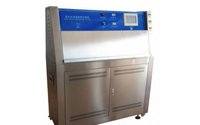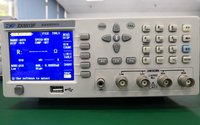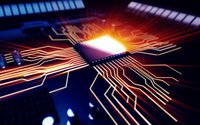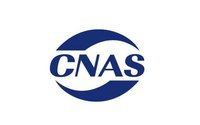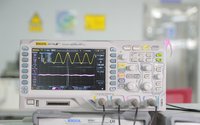In the era of full scenario interconnection: How HarmonyOS PC reconstructs the "friend circle" of the electronic components industry
Date:2025-05-30 16:54:38 Views:1466
Recently, Huawei officially released its first personal computer equipped with the HarmonyOS operating system, marking a breakthrough in the PC field for domestic operating systems from "usable" to "user-friendly". This HarmonyOS PC, known as the "third generation operating system," not only carries the mission of breaking the duopoly of Windows and macOS, but also redefines the desktop computing experience with innovative technologies such as distributed architecture, deep integration of AI, and full scene collaboration.
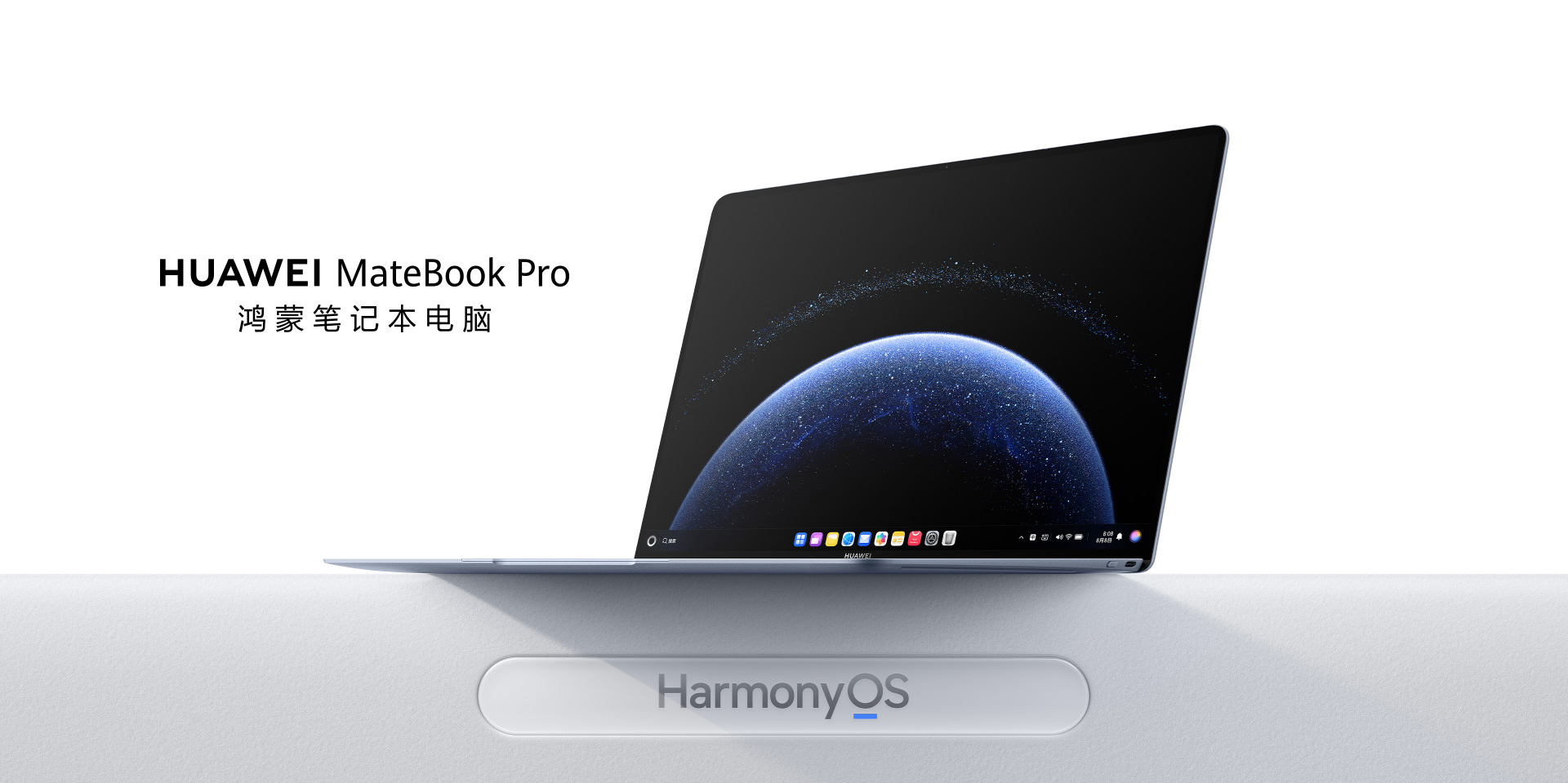
Image source: Huawei Mall
The core competitiveness of HarmonyOS comes from its self-developed HarmonyOS 5 system, which breaks through traditional Linux and Android frameworks, adopts a microkernel architecture, modularizes system services, and only retains the most basic multi process scheduling and communication functions. This design reduces the amount of system code to only one thousandth of Linux, greatly reducing the attack surface, and elevating the security level to a new level in the industry through formal verification techniques. At the performance level, HarmonyOS PC has introduced a deterministic latency engine for the first time, which reduces application response latency by 25.7% through intelligent task priority scheduling. Combined with high-performance IPC technology, the process communication efficiency is increased by 5 times compared to traditional systems, and it can still maintain a smooth experience even in multitasking scenarios.
The screen technology innovation of HarmonyOS computers is also worth paying attention to. Its 14.2-inch soft light touch screen adopts nano etching technology, reducing ambient light interference by 99% and achieving a peak brightness of 1000nits. This breakthrough in display technology may drive demand for components such as OLED panels, driver ICs, and touch chips. In addition, HarmonyOS PC is the world's first to use star flash technology, achieving sub millimeter level positioning and high-speed data transmission between devices, promoting the explosive growth of components such as UWB chips and high-precision positioning modules.
The release of HarmonyOS PC marks Huawei's official construction of coverage for mobile phones, tablets PC、 The "all scenario super terminal" ecosystem of automobiles. This ecological advantage is reshaping the competitive rules of the electronic components industry. On the developer ecosystem side, HarmonyOS PC attracted over 1000 applications for adaptation after its release, covering scenarios such as office, finance, and creativity. This ecological siphon effect has led to exponential growth in demand for standardized components such as memory chips and power management chips. In the field of chips, the Kirin X90 processor adopts a 7nm process and integrates NPU modules, which doubles the efficiency of AI scheduling algorithms and supports intelligent resource allocation in HarmonyOS systems. This technological breakthrough may directly drive the industry chain links such as wafer foundry and advanced packaging, and domestic manufacturers such as SMIC are expected to undertake more high-end chip orders. In the storage field, the 1TB PCIe 5.0 SSD standard on HarmonyOS PC adopts Xtacking 3.0 technology from Changjiang Storage, which has led to a surge in demand for 3D NAND flash memory.
Standing at the time point of 2025, the birth of HarmonyOS PC is not only an iteration of the operating system, but also a strategic pivot for China's technology industry to break through blockades and restructure rules. From microkernel architecture to distributed collaboration, from breaking through the government enterprise market to global layout, HarmonyOS PC is driving the PC industry with the dual wheel of "technology+ecology" and ushering in the "Chinese moment".




 Weixin Service
Weixin Service

 DouYin
DouYin
 KuaiShou
KuaiShou



